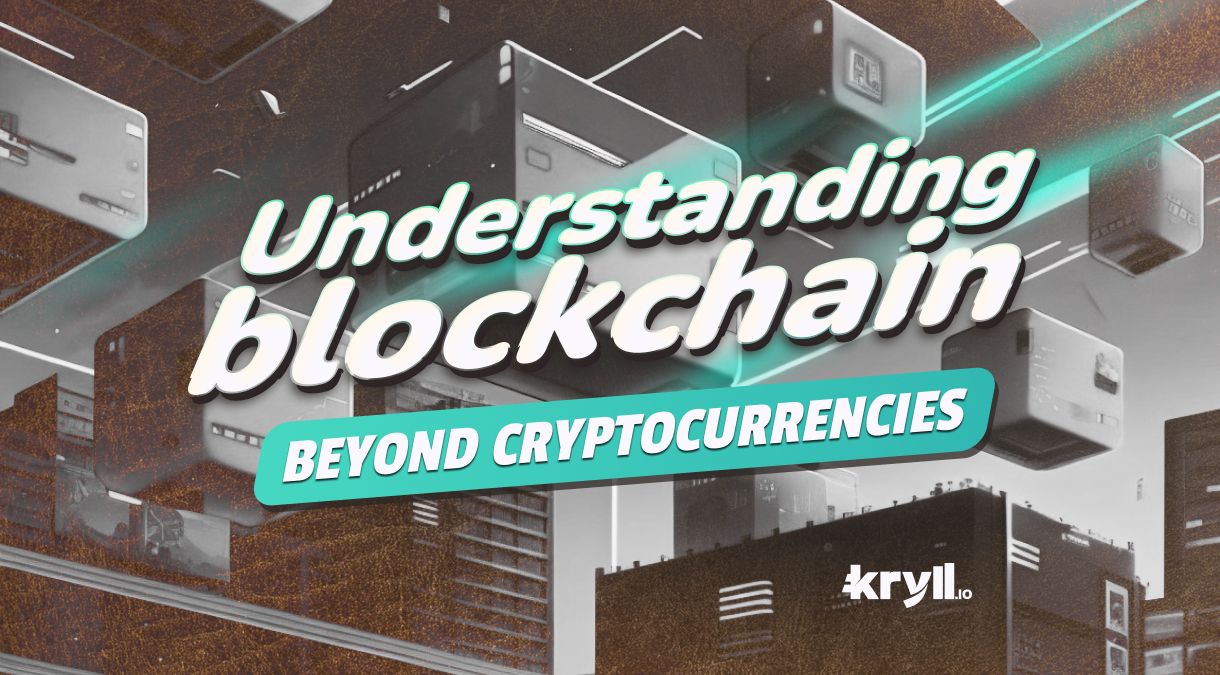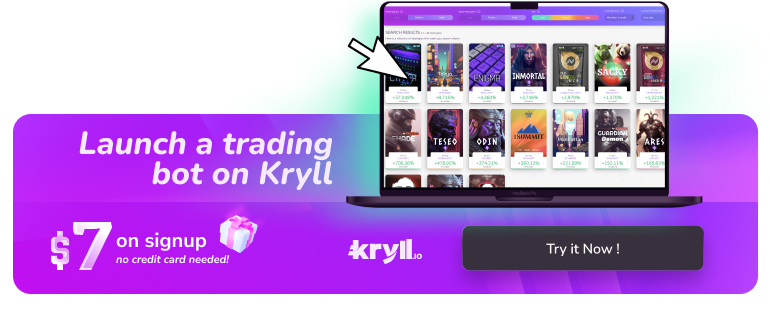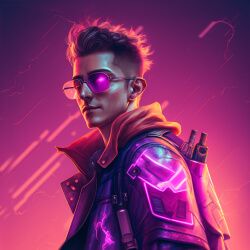
Introduction:
Blockchain technology is more than the backbone of digital currencies; it's a groundbreaking framework that promises to revolutionize numerous industries by ensuring unparalleled security and transparency. This technology extends its utility far beyond financial transactions, embedding itself in sectors like healthcare and supply chain management. The article from Kryll.io delves into the depths of blockchain, shedding light on its mechanisms, varieties, and the security measures that fortify its structure, while also exploring its broad and emerging potential.
Understanding the Power of Blockchain Technology
The Mechanics of Blockchain
At its core, blockchain is a decentralized, distributed digital ledger that records transactions across multiple computers. This ensures that the record cannot be altered retroactively without the alteration of all subsequent blocks and the consensus of the network. Each block in the chain contains a cryptographic hash of the previous block, a timestamp, and transaction data. This method, in theory, renders the blockchain tamperproof.
Types of Blockchain: Public and Private
There are two main types of blockchain: public and private. Public blockchains use computers connected to the public internet to validate transactions and bundle them into blocks to add to the ledger. On the other hand, private blockchains typically only permit known organizations to join. This distinction is crucial for enterprises concerned about the confidentiality of the information moving through the network.
Blockchain Security
Despite being frequently claimed as an "unhackable" technology, blockchain is not immune to threats. For instance, 51% attacks allow threat actors to gain control over more than half of a blockchain’s compute power and corrupt the integrity of the shared ledger. However, these attacks are expensive and difficult, making them less likely to occur.
The Impact of Blockchain
Blockchain technologies are growing at an unprecedented rate, powering new concepts for everything from shared storage to social networks. As developers create blockchain applications, they should prioritize securing their blockchain applications and services. Activities such as performing risk assessments, creating threat models, and doing code analysis should all be on a developer’s blockchain application roadmap. Building security in from the start is critical to ensuring a successful and secure blockchain application.

Conclusion
Blockchain transcends its role as a foundation for cryptocurrencies, emerging as a pivotal force in enhancing security, transparency, and efficiency across diverse fields like supply chain management and digital identity verification. While its advantages are significant, blockchain is not a panacea; it presents unique challenges and risks. Its future holds great promise, with its full capabilities still on the horizon, opening up possibilities as the technology develops.

Happy Trading,
Website: https://kryll.io
Twitter: @Kryll_io
Telegram EN: https://t.me/kryll_io
Telegram FR: https://t.me/kryll_fr
Telegram ES: https://t.me/kryll_es
Discord: https://discord.gg/PDcHd8K
Reddit: https://reddit.com/r/Kryll_io
Facebook: https://www.facebook.com/kryll.io
Support: support@kryll.io



